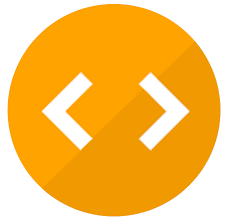Check nearby libraries
Buy this book

You want to learn C♯ programming, but you're not sure you want to suffer through another tedious technical book. You're in luck: Head First C♯ introduces this language in a fun, visual way. You'll quickly learn everything from creating your first program to learning sophisticated coding skills with C♯ 4.0, Visual Studio 2010 and .NET 4, while avoiding common errors that frustrate many students. The second edition offers several hands-on labs along the way to help you build and test programs using skills you've learned up to that point. In the final lab, you'll put everything together. From obje.
Check nearby libraries
Buy this book

Previews available in: English
| Edition | Availability |
|---|---|
|
1
Head First C♯
2010, O'Reilly Media, Inc.
electronic resource
in English
- 2nd ed.
1449391249 9781449391249
|
aaaa
|
|
2
Head first c♯
2007, Shroff Publishers & Distr, Shroff Publishers & Distributors Pvt Ltd
in English
8184044194 9788184044195
|
cccc
|
Book Details
Table of Contents
Edition Notes
Thanks for the memory.
Description based on print version record.
Classifications
The Physical Object
Edition Identifiers
Work Identifiers
Community Reviews (0)
| July 1, 2019 | Created by MARC Bot | import new book |










